Camping is a fantastic way to spend time in nature with your loved ones or even alone. You don't need a lot of luggage for it, but a few items are essential. Whether it's glamping or wild camping, the key utensils for a nature adventure remain the same. And with our list, you'll be well prepared for the next stint in the great outdoors.
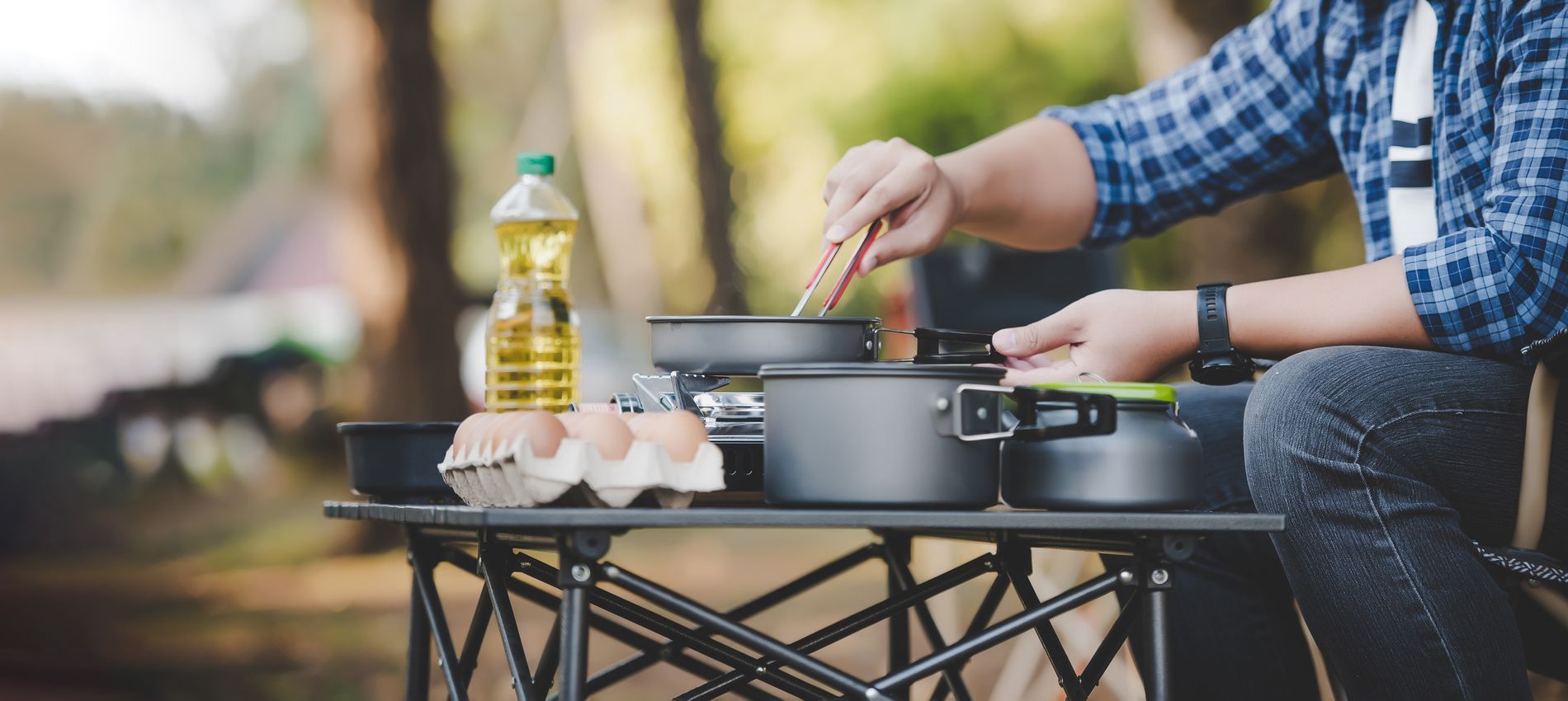
Camping is a fantastic way to spend time in nature with your loved ones or even alone. You don’t need a lot of luggage for it, but a few items are essential. Whether it’s glamping or wild camping, the key utensils for a nature adventure remain the same. And with our list, you’ll be well prepared for the next stint in the great outdoors.
The bare necessities: don’t leave home without these camping essentials
One reason camping is so much fun is the fact that you only need very little luggage. The basic equipment always includes 3 things: tent, sleeping place, cookware.
The tent as a retreat
As lovely as rain showers, fresh winds, and warming sun rays may be, too much of a good thing can be overwhelming. You need a sanctuary in which to shield yourself from the weather and prying eyes. With a high-quality tent, you create a weatherproof base for your daytime activities. But which tent is right for you?
- Dome tents are robust, easy to set up and ideal for hikes and short camping adventures. They provide additional head space inside and protect against unfavorable weather conditions. For longer trips in extreme weather conditions, they are less suitable.
- Tunnel tents are often longer than dome tents and offer more space for luggage. They are easier to set up and dismantle and offer better protection against wind and rain. However, tunnel tents offer less head space than dome tents.
- Geodesic tents combine the advantages of dome and tunnel tents. They are ideal for multi-day camping trips and adventures, as they offer a stable and robust tent roof. They are easy to set up and, as a rule, have a lot of space inside. However, geodesic ones have a larger packing size, making them less suitable for trekking with.
- Ultralight tents are extremely light and ideally suited for trekking excursions. They boast an exceptionally compact size that fits into any backpack. But beware of extreme weather conditions.
Whether it’s a dome, tunnel, or pop-up tent – make sure it offers ample floor space for sleeping. As well as providing a comfortable sleeping spot for everyone, you should also factor in some room for shoes, bags, and provisions.
Sleeping bags and mats for a good night’s sleep
For a warm and snug night’s sleep, invest in a high-quality sleeping bag. Whether you’re camping in spring, autumn, summer, or winter, always select your model based on the nighttime temperatures at your destination.
- Specialised winter sleeping bags provide protection against temperatures in the double-digit minus range, but they come with a higher price tag.
- Summer sleeping bags are recommended for temperatures of +6°C and are usually more affordable.
- If you’re looking for versatility, 3-season sleeping bags are both easy to carry and provide warmth in harsh weather and temperatures slightly below zero.
A mattress provides added comfort and insulation against the cold ground at night. It also reduces the impact of unevenness in the ground due to stones or pinecones. Now comes the tough decision: Do you value high sleeping comfort, or do you prefer lightweight luggage? Choose accordingly:
- Air mattresses offer exceptional comfort and excel at smoothing out uneven surfaces due to the air layer between you and the ground. Generally, the firmer and more durable the material, the heavier the mattress
- Depending on their thickness, solid foam mats provide a soft or rigid and well-insulating base. They can be rolled up quickly and easily and are lightweight to transport.
- Self-inflating foam mats strike a balance. These mattresses, filled with foam, pull in air upon opening the valve. After a brief period, the foam expands. If needed, manually add extra air. To transport, roll up the mat with the valve open and expel air from the filling.
Camping stoves and cookware for hot meals
Marshmallows and an open fire might do in a pinch, but proper outdoor cooking requires essential cookware. This includes a camping stove, pans, pots or casseroles, cutlery, and tableware.
- Camping stoves are inexpensive and easy to use. Remember to bring enough gas with you to prepare your morning coffee and hot meals. Gas cookers work reliably on short trips, but they do require a little time for cooking.
- Camping grills let you prepare a range of delicious meals, from freshly caught fish to barbecued steak and sausages. You can operate the grill either with gas or coal. When camping in summer in forest areas, the safest option is gas. This way, you avoid sparks and saves you lugging around heavy charcoal and grill lighters.
- When it comes to cookware, prioritise lightweight and sturdy materials that can easily fit into your backpack and endure multiple outings without damage. Choose durable materials such as stainless steel or aluminium, which are easy to clean and resilient, even during rugged hikes.
- Store your essential food items, drinks, and leftovers in a cool box to keep them fresh and edible for longer. This also protects your provisions from crafty nocturnal animals.
Equipped with this cooking gear, you’re well-prepared for camping. Remember to bring a lighter or matches, water containers, spices, knives, a cutting board, as well as soap, a cloth, and a rubbish bag to ensure you leave the environment just the way you found it.
TIP: If you’re new to camping and want to ease into it, consider borrowing or renting some equipment. This way, you’ll know which items you’ve actually used and what you’ll need for your next outdoor adventure.
For protection and comfort: important equipment and clothing when camping
When camping, you will need some personal belongings and clothes to feel comfortable and be prepared for wind and weather. Personal items include such things as:
- Toiletries, medicines
- Sun protection, first aid kit
- Wallet and ID
- Headlamp or flashlight, spade
- Replacement batteries or power banks
Most people tend to carry comfortable clothes with them, but it is important to choose sturdy and warm clothes for camping. Remember that temperatures drop sharply in the evening and at night, depending on what time of the year you are camping. In the summer, you’ll still need long-sleeved tops and trousers to keep you warm in the evening and on cooler mornings. In addition, an additional layer of fabric can help keep mosquitoes or even ticks at bay.
Ensure you have waterproof clothing in case the weather takes a turn for the worse. A rain jacket guards against damp surprises, while water-resistant shoes have saved many a camping trip by providing comfort and protection against mud and damp forest floors.
Before you set off on your camping trip, create a list of essential items and tick them off as you pack your luggage. Keep the list handy during the trip and add items you’d like to bring next time. You might also realise that you didn’t need certain items. Cross off these comfort items to save space and weight for the next trip. Before heading home, use the list to ensure you have safely packed all your belongings to take back home. We wish you a wonderful time on your next camping adventure!

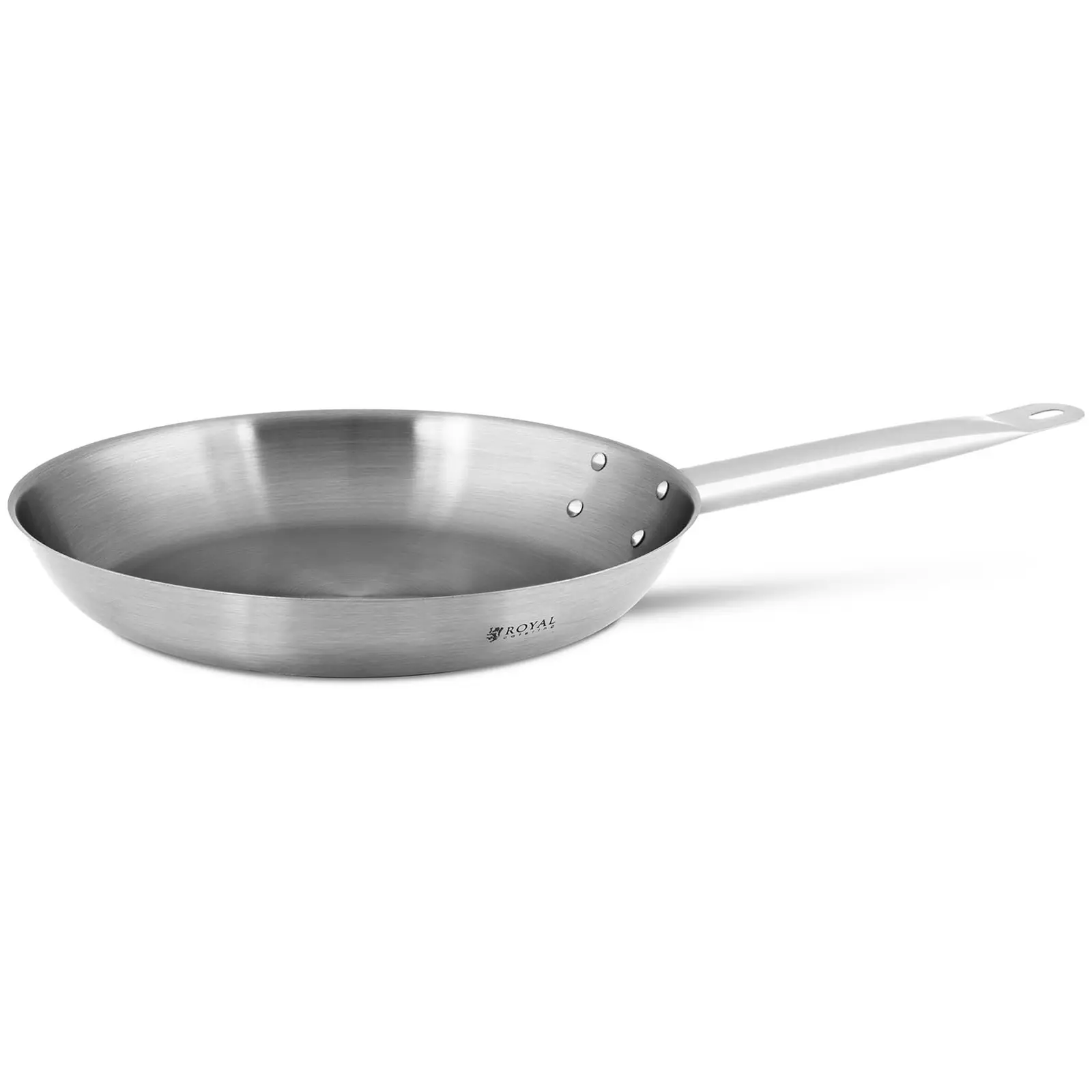
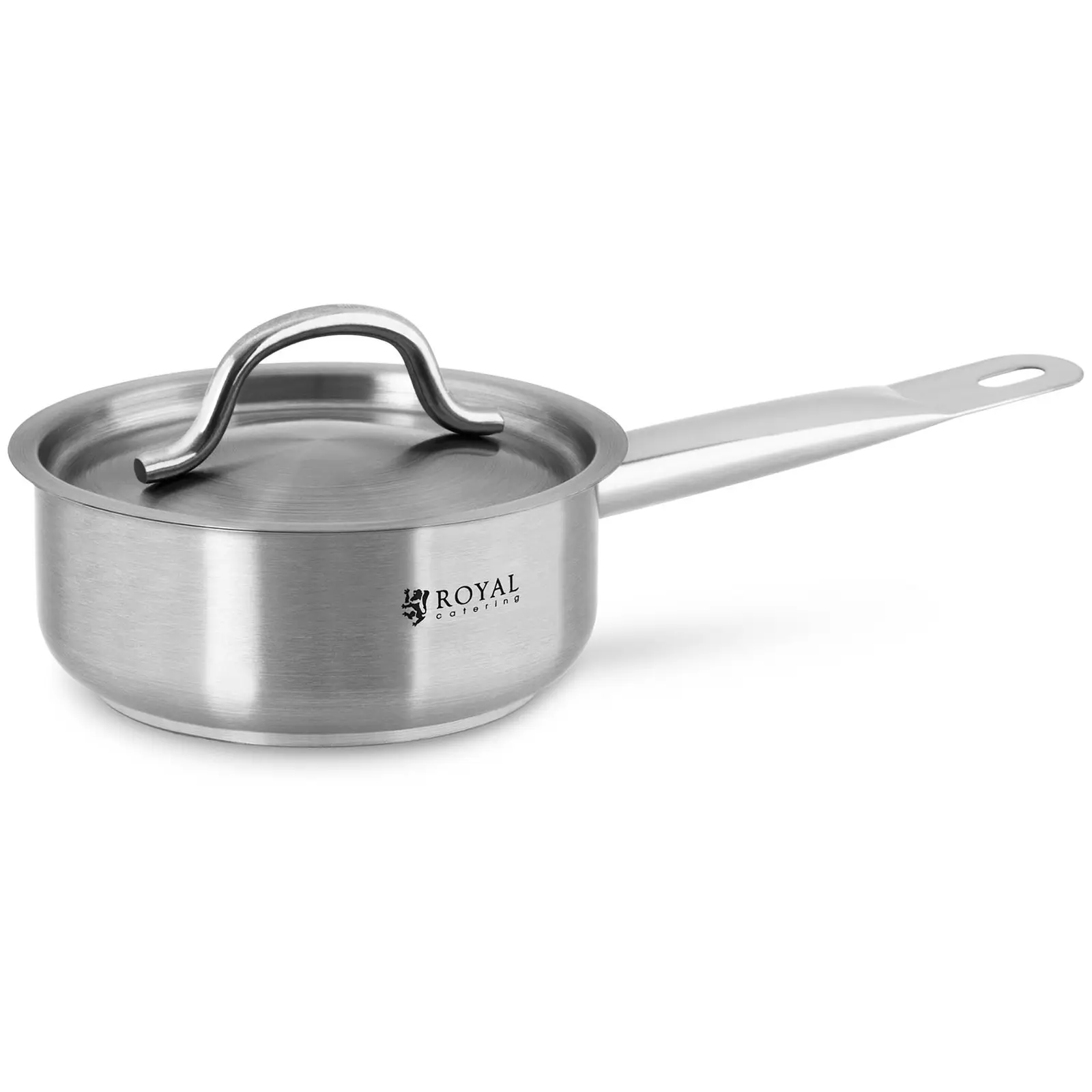

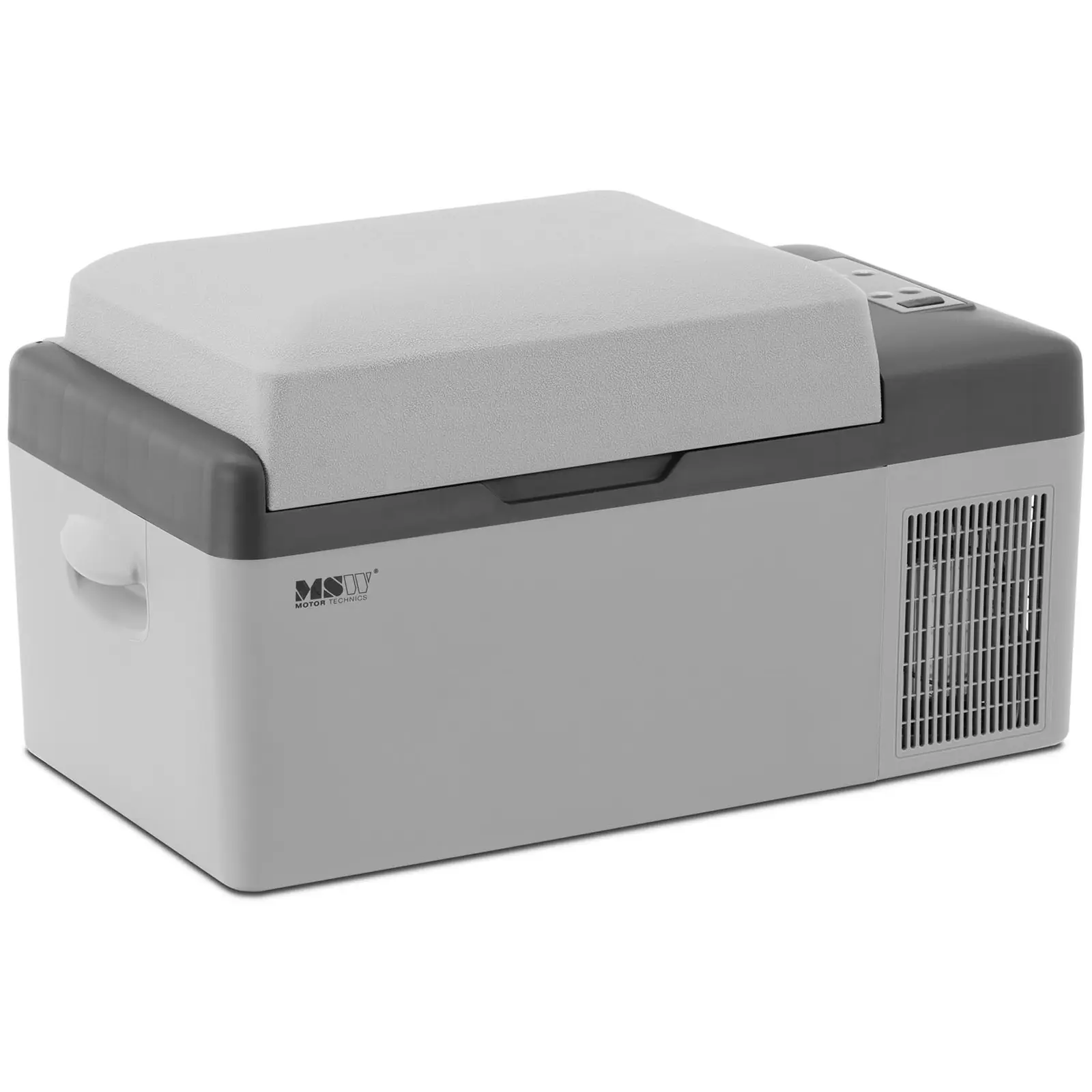


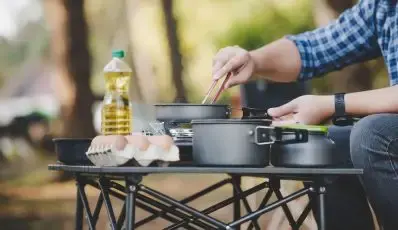
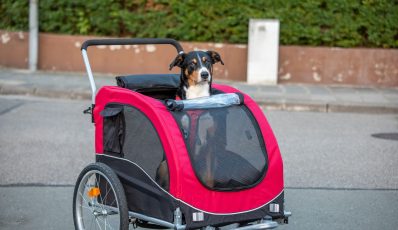

Share